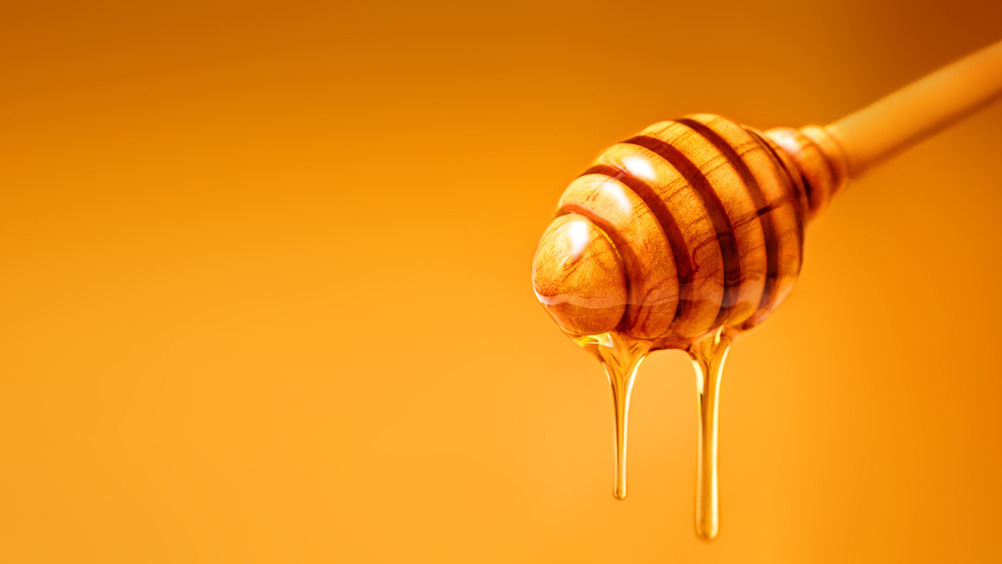References
Comparison of topical honey and povidone iodine-based dressings for wound healing: a systematic review and meta-analysis

Abstract
Objectives:
In this review and meta-analysis, we analyse the evidence to compare the efficacy of honey and povidone iodine-based dressings on the outcome of wound healing.
Method:
A systematic literature search was performed using PRISMA guidelines in academic databases including MEDLINE, Scopus, Embase and CENTRAL. A meta-analysis was carried out to assess the effect of honey and povidone iodine-based dressings on mean healing duration, mean hospital stay duration and visual analogue scale (VAS) score of pain.
Results:
From the search, 12 manuscripts with a total of 1236 participants (mean age: 40.7±11.7 years) were included. The honey-based dressings demonstrated a medium-to-large effect in reduction of mean healing duration (Hedge's g: –0.81), length of hospital stay (–3.1) and VAS score (–1.2) as compared with the povidone iodine-based dressings. We present evidence (level 1b) in favour of using honey for improvement of wound recovery as compared with povidone iodine.
Conclusion:
This review and meta-analysis demonstrate beneficial effects of honey-based dressings over povidone iodine-based dressings for wound recovery.
Wound management is a challenge faced by medical practitioners around the world1 and is considered a serious public health concern across all age groups.2 Epidemiological studies suggest an increased prevalence of wounds in high-income countries such as the US,3 Australia4 and Germany.5 Moreover, this prevalence is even higher in lower- and middle-income countries because of poor medical infrastructure.6
Best practice evidence suggests that the management of wounds should be done with an ‘ideal’ dressing agent that simultaneously simulates an environment which facilitates the growth of granular tissue while inhibiting the growth of infectious microorganisms.7 The literature suggests several potential antimicrobial agents, including silver, gentian violet and polyhexamethylene biguanide to achieve these effects.8 Among them, the role of povidone iodine dressing has been studied the most.7 In a study by Bigliardi et al.9 the strong bactericidal properties of povidone iodine were demonstrated. The authors reported that povidone iodine can effectively inhibit vital cellular and structural pathways in the bacterial cellular membrane, including the oxidation of amino acids and nucleotides.10 Several in vitro studies have also confirmed these claims and have reported strong potency of povidone iodine against Gram-positive (Staphylococcus aureus)11 and Gram-negative bacteria (Serratia marcescens),12 and a range of protozoa,13 fungi14 and viruses.15 Reviews of in vivo studies in humans have also reported compelling evidence in favour of povidone iodine-based wound dressings.9,16
Register now to continue reading
Thank you for visiting Journal of Wound Care's Silk Road Supplement and reading some of our peer-reviewed resources for healthcare professionals across Asia. To read more, please register today.
